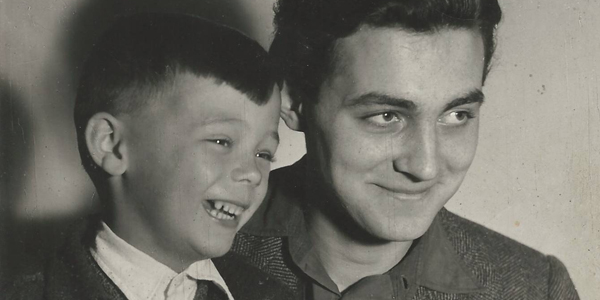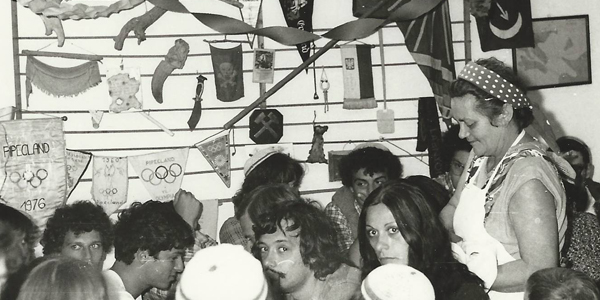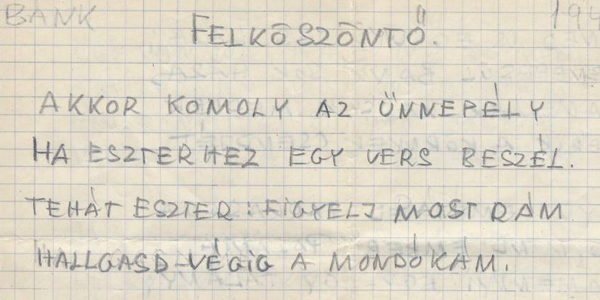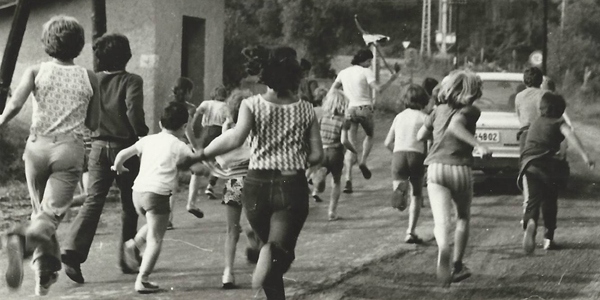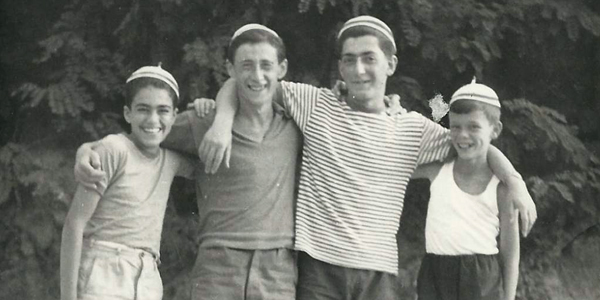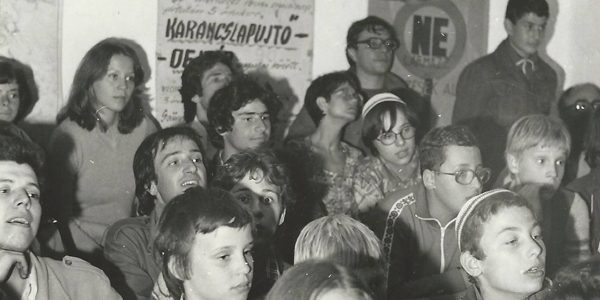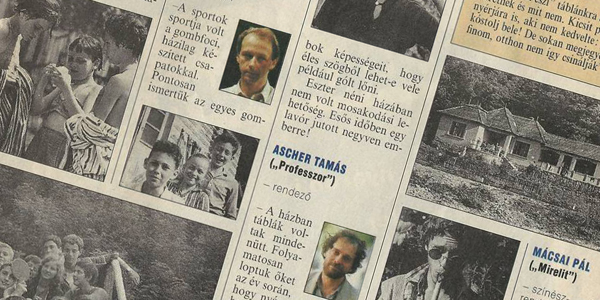
Cultic Elements
It was during the second era of the camp’s operation, the period between the Second World War and the Revolution of 1956, that the characteristic features of a summer in Bánk began to emerge: traditions, an internal mythology, returning games, a cult-like veneration for certain elements of camp life, and heroes who would later become legends. Also arising from this period were the objects, documents, and stories that campers of later summers would look upon as holy relics and legends. The second era was additionally responsible for the invention of what were known as “serious games,” make believe campaigns constructed around complex stories that required creativity, dexterity, courage, and physical strength on the part of participants, and that were, in fact, what made summers in Bánk so different from other camps and family vacations. The symbolism inherent in such games was reminiscent of contemporary children’s (boys’) literature, with a primary focus on themes such as cowboys and Indians, pirates, and conquistadores. The children of Bánk lived these games, acted them out, wrote them down, talked about them over and over, and never, ever forgot them. Thus, over the course of a number of years, there developed a peculiar array of feelings and abilities – respect, veneration, devotion, an appreciation for custom, the ability to express tradition through rites and ceremonies – that was to become the hallmark of Bánk for generations to come.
The word ‘cult’ as discussed in numerous contemporary social/cultural studies, particularly in connection with the realm of literature, refers to the pursuit of symbolic activities and practices that fit into a cohesive system or ceremonial order composed of both linguistic, and non-linguistic elements. A ritual system of this type is able to morph phenomena, events, objects, and documentary evidence into something timeless and indisputable, and to develop a sort of “higher language” that not only commands respect, but also features words whose meanings can be neither rejected, nor demonstrated. The concept of a cult as seen in this context can be applied toward understanding how the traditions developed by summer campers in Bánk became a part of their understanding of themselves; how the creation of a “cult of Bánk” reinforced the ties among them; and how tradition kept the phenomenon of the camp and its mythology whole. The key to this view resides in the word tradomány – a portmanteau created accidentally from the English tradition and its Hungarian equivalent, hagyomány – that as such, was both humorous, and serious.
Internal Mythology and the Development of a “Cult of Bánk”
From the 1960s onward, the cultivation of a “cult of Bánk” and veneration of its accumulated traditions became the glue that held the camp community together. As the realm the campers inhabited grew increasingly distant from that of its origin stories, and perceptions of these tales came to owe more to reference and retelling than to actual experience, the boundaries between the cultic and non-cultic grew increasingly apparent. The relics, ritual props, and events of greatest cultic significance were the totem board, bear cap, goose feathers, recitations, camp anthem, and returning holiday performances (the late-July Anna’s Ball and August 20th shows, for example, were given in the presence of parents and alumni, some of whom were regarded as living legends). Certain games – re-enactments of old “battles,” table-top football matches, and capture-the-flag campaigns, for example – were also important in this regard. As long as the collective remained capable of transforming itself and incorporating the new, phenomena such as fandom, initiation, and secrecy all contributed to a shared ritual experience that maintained group integrity. When, however, the cultivation, protection, and veneration of cultic phenomena, coupled with the power of a shared mythical past, grew strong enough to obscure all flaws, there was no room left for criticism or change; when creative development and spontaneity were overwhelmed by other forces, the power of the entire experience was palpably diminished. In other words, in the end, it was the community’s awareness of its own internal mythology, special position, and elite quality that eventually weakened it.


